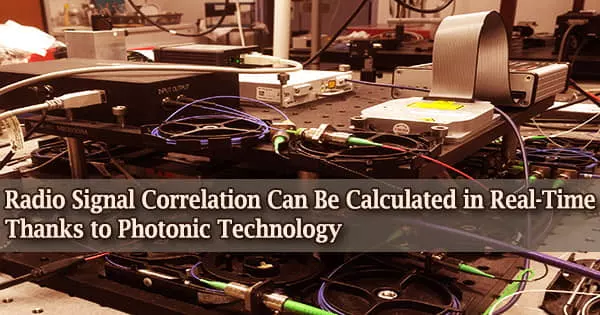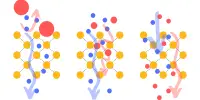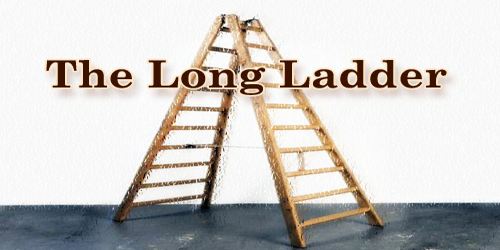A new analog photonic correlator has been developed that may be used to find an item transmitting a radio signal. The new correlator could be beneficial for identifying cell phones, signal jammers, or a variety of tracking tags because it is faster than current approaches and works with a wide range of radio frequency signals.
“The photonic architecture we developed uses no moving parts and enables real-time signal processing,” said Hugues Guillet de Chatellus from Université Grenoble Alpes-CNRS in France.
“Real-time processing helps ensure there isn’t any downtime, which is critical for defense applications, for example.”
Guillet de Chatellus and colleagues explain the new photonic correlator and demonstrate its capacity to determine the location of a radio frequency transmitter in Optica, the Optica Publishing Group’s journal for high-impact research.
The device is far simpler than today’s analog or digital correlators, and it makes use of commercially available telecommunications components.
“Many of today’s radio signals have large bandwidths because they carry a great deal of information,” said Guillet de Chatellus.
“Our photonic approach offers a simple method for correlating signals with bandwidths of up to a few GHz, a larger bandwidth than is available from commercial approaches based on purely digital techniques.”
The photonic architecture we developed enables real-time calculation of the cross-correlation function of two input signals for about 200 values of relative delay simultaneously. This is much higher than any photonic technique has been able to accomplish so far.
Guillet de Chatellus
Using light to calculate correlation
The novel photonic correlator can calculate a cross-correlation function for two signals generated from a single source and detected by two antennas.
This determines the similarity of the signals as a function of their relative displacement and offers information on their relative delay, which can be used to determine the signal’s originating location.
“The photonic architecture we developed enables real-time calculation of the cross-correlation function of two input signals for about 200 values of relative delay simultaneously,” said Guillet de Chatellus. “This is much higher than any photonic technique has been able to accomplish so far.”
The correlator operates like a photonic processor, converting two radio-frequency impulses into optical signals using fiber optic components. Once the cross-correlation function has been determined, it can be translated into a digital representation using a detection and processing chain.
A frequency shifting loop, which can generate and operate a huge number of time-shifted replicas for an input signal, is the most important part of the new system. Many recent microwave photonic advancements have been enabled by this simple photonic component.
“We’ve been developing frequency shifting loops for some time, and a deep understanding of their architecture led us to apply them to this new application,” said Guillet de Chatellus. “This work shows that photonics can offer efficient alternatives to solutions that are based on digital electronics.”
Precision location
The researchers first tested their novel gadget with high-power simple signals, then with more complicated signals, and finally with signals traveling through open space and received by two antennas.
For a 100-millisecond integration time, the researchers were able to show localization of a radiofrequency emitter with precision close to 10 picoseconds. This indicates that the technology could precisely locate an emitter to within 3 millimeters.
The novel analog photonic correlator can also be utilized in astronomy to create high-resolution images by cross-correlating signals from many observatories. The researchers hope to work on a demonstration experiment in the next months, in which signals released by the sun at roughly 10 GHz are gathered by two remote antennas and cross-correlated using the new photonic device to create a radio-wavelength image of the sun.
If these tests are successful, this technology might be used at astronomy facilities using heterodyne interferometry, such as the Very Large Telescope Interferometer in Chile. Radio-interferometry has traditionally used heterodyne interferometry, although it has been limited to small correlation bandwidths.
The researchers are also conducting tests to see if the novel photonic correlator can be used to correlate three signals, allowing for 3D triangulation-based transmitter localization. They also intend to work on miniaturizing and fully integrating the correlator in the future.
















